Jan Hus: Czech Reformer And Bohemian Religious Leader Was Burned At Stake For Heresy
A. Sutherland - AncientPages.com - Jan Hus (1372 – 1415) was a controversial Czech thinker and reformer in the Roman Catholic Council of Constance (1414–18). He was convicted of heresy and burned at the stake.
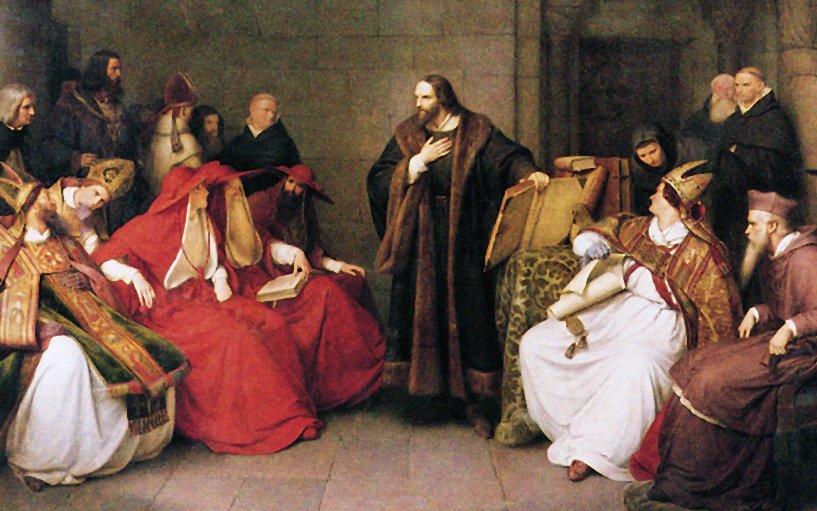 Jan Hus at the Council of Constance, 19th-century painting by Karl Friedrich Lessing. Public Domain
Jan Hus at the Council of Constance, 19th-century painting by Karl Friedrich Lessing. Public Domain
Unfortunately, he was not the only one. The medieval Church struggled violently against rebels who criticized the doctrines of the Catholic Church. This institution controlled the state and the people, regardless of their status.
Jan Hus was among those Christians who – not only theoretically – but openly and publicly disagreed with the Church's teachings. He was a Czech farmer, who studied in Prague, became a master, dean, and finally rector at the University of Prague and the Bethlehem church.
Strongly influenced by the writings of an English scholastic philosopher and thinker, John Wycliffe (c.1329-1384), Hus attacked the world's priesthood and the Church's riches. As his preaching was in the Czech language, it enjoyed great popularity, and he had many listeners and active supporters.
Hus was a brave man who did not hesitate to criticize the Church's different actions and abuses committed by the clergy, especially in granting indulgences.
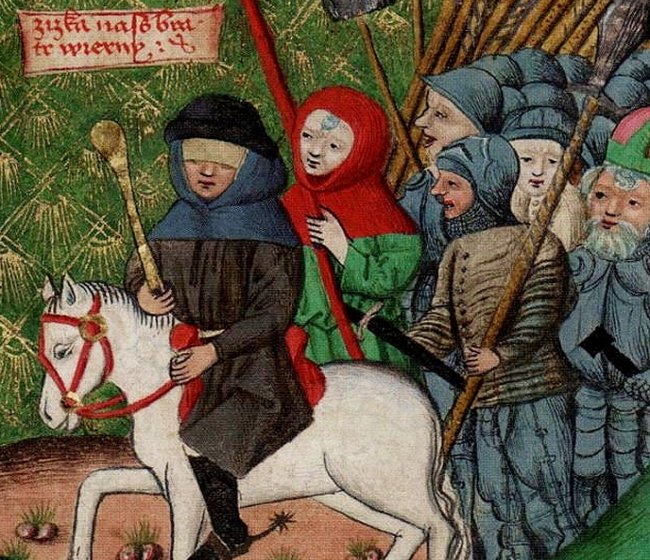 Jan Žižka (c. 1360 – 11 October 1424) - a Czech general, a contemporary and follower of Jan Hus, Hussite military leader, leading troops of Hussites. Janíček Zmilelý / Public Domain
Jan Žižka (c. 1360 – 11 October 1424) - a Czech general, a contemporary and follower of Jan Hus, Hussite military leader, leading troops of Hussites. Janíček Zmilelý / Public Domain
Unlike the vast majority of preachers at the time, Hus was an advocate for women and feminism.
Hus stated that "Women were made in the image of God and should fear no man." He allowed women to preach and serve in battle. Later, since women were allowed to fight, they played a critical role in the Hussite Wars.
When the Council of Constance assembled in 1414, Hus was asked to be there. He was to officially present his religious reform views to church dignitaries at the Council.
Emperor Sigismund of Luxembourg, the spiritual and military leader of several crusades, who reigned from l4l0 to 1437, officially guaranteed Hus' safety at the meeting, or so it seemed. However, Emperor Sigismund was not worthy of Hus' trust. He took part in the capture of the Czech precursor of Protestantism, Jan Hus, which resulted in his being tried and burned at stake.
Immediately after arriving in Constance, Germany, on November 14, 1414, Hus was arrested, and in June 1415, he was brought before the court as a heretic.
According to the Council, John Hus taught, asserted, and preached many errors and heresies of John Wycliffe, which have been condemned.
The prosecutors refused him the right to explain his views, and Hus declined to condemn his thirty theses from the De Ecclesia treatise from 1413, which was considered heretical. Still, some admired his theories.
His teachings were erroneous, others offensive to the ears of the devout, and many of them were seditious. Many of Hus' ideas were considered notoriously heretical and long ago rejected and condemned by the Church. The Council had to forbid them to be preached, taught, or approved.
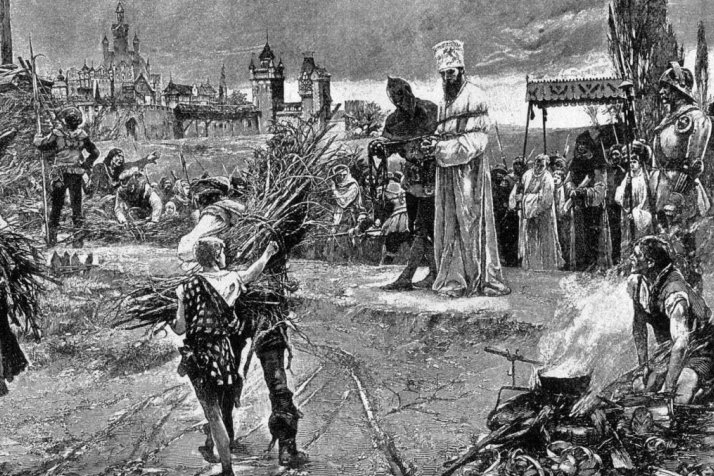 Burning of Jan Hus at the stake at Council of Constance. Carl Gustaf Hellqvist (1851–1890). Public Domain
Burning of Jan Hus at the stake at Council of Constance. Carl Gustaf Hellqvist (1851–1890). Public Domain
Therefore, the thinker was deposed and degraded from the order of the priesthood and the other orders he held. The Council voted against him and sentenced him to death at stake.
On July 6, 1415, Hus was burned at the stake for heresy against the doctrines of the Catholic Church. Burning at the stake of Jan Hus was a consequence of Hus' open speech against the Church.
The execution of this brave man sparked anger and revolts and led to the Hussite Wars of 1419–1434. To this day, Hus is considered the national hero of the Czech Republic. When in 1,119 Sigismund I of Luxembourg inherited the Czech crown from his brother, a long and fierce war broke out because the Hussite blamed the emperor for the death of his spiritual leader.
The Hussites were a powerful pre-Protestant Christian movement, and Sigismund I of Luxembourg was forced together with the Church to negotiate with the Hussites. The settlement between the parties concerned was crowned in 1435, in which the Catholic Church officially allowed Bohemia to practice its version of Christianity (Hussitism).
For the first time in history, the Catholic Church caused to coexist in harmony with two faiths on a territory it controlled. Hussitism foreshadowed the European Reformation and became a step forward for religious freedom.
Nearly six centuries later, in 1999, Pope John Paul II expressed "deep regret for the cruel death inflicted" on Hus and added "deep sorrow" for Hus's death and praised his "moral courage."
Written by – A. Sutherland - AncientPages.com Senior Staff Writer
Updated on August 4, 2022
Copyright © AncientPages.com All rights reserved. This material may not be published, broadcast, rewritten or redistributed in whole or part without the express written permission of AncientPages.com
Expand for referencesReferences:
Benazzi N: 1001 faktów z historii Kościoła.
Piskorski J., Polska-Niemcy. Blaski i cienie tysiacletniego sasiedztwa
More From Ancient Pages
-
 Mysterious Deaths Around Empress Cixi – Cruel Tyrant Or Victim Of Propaganda?
Featured Stories | Apr 9, 2018
Mysterious Deaths Around Empress Cixi – Cruel Tyrant Or Victim Of Propaganda?
Featured Stories | Apr 9, 2018 -
 Strange Ancient Artifact Found In New Jersey May Be Evidence Of A Long-Lost Advanced Civilization
Featured Stories | Jun 27, 2024
Strange Ancient Artifact Found In New Jersey May Be Evidence Of A Long-Lost Advanced Civilization
Featured Stories | Jun 27, 2024 -
 Biblical Prophet Jeremiah Whose Prophecies Disappointed People
Biblical Mysteries | Jan 30, 2019
Biblical Prophet Jeremiah Whose Prophecies Disappointed People
Biblical Mysteries | Jan 30, 2019 -
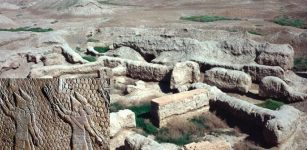 Lost Kingdom Of Mari – Once Important Commercial And Political Center Of Mesopotamia
Featured Stories | Jan 25, 2018
Lost Kingdom Of Mari – Once Important Commercial And Political Center Of Mesopotamia
Featured Stories | Jan 25, 2018 -
 Who Deceived Mighty Yuku God Of Rain And Thunder In Beliefs Of Yaquis Of Southern Arizona And Sonora, Mexico?
Native American Mythology | Dec 21, 2023
Who Deceived Mighty Yuku God Of Rain And Thunder In Beliefs Of Yaquis Of Southern Arizona And Sonora, Mexico?
Native American Mythology | Dec 21, 2023 -
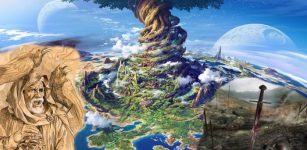 Yggdrasil: Eternal And Sacred Tree Of Life In Norse Mythology
Featured Stories | Sep 22, 2016
Yggdrasil: Eternal And Sacred Tree Of Life In Norse Mythology
Featured Stories | Sep 22, 2016 -
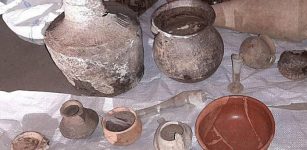 Europol Reports: ‘Millions’ In Stolen Treasures After Busting Crime Gang In Bulgaria – Recovered
Archaeology | Jul 4, 2020
Europol Reports: ‘Millions’ In Stolen Treasures After Busting Crime Gang In Bulgaria – Recovered
Archaeology | Jul 4, 2020 -
 Inscription On Pokotia Monolith Reveals Sumerians Visited Peru Thousands Of Years Ago
Ancient Symbols | Sep 1, 2015
Inscription On Pokotia Monolith Reveals Sumerians Visited Peru Thousands Of Years Ago
Ancient Symbols | Sep 1, 2015 -
 Mesopotamian People Liked To Drink Beer Using Variety Of Drinking Vessels
Archaeology | Jun 28, 2018
Mesopotamian People Liked To Drink Beer Using Variety Of Drinking Vessels
Archaeology | Jun 28, 2018 -
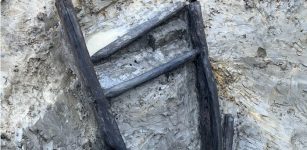 Incredibly Well-Preserved 1,000-Year-Old Wooden Ladder Discovered In The UK
Archaeology | Apr 30, 2022
Incredibly Well-Preserved 1,000-Year-Old Wooden Ladder Discovered In The UK
Archaeology | Apr 30, 2022 -
 Nude Athletes And Fights To The Death: What Really Happened At The Ancient Olympics
Featured Stories | Aug 2, 2024
Nude Athletes And Fights To The Death: What Really Happened At The Ancient Olympics
Featured Stories | Aug 2, 2024 -
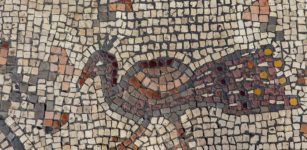 Biblical Mosaic Depicting Miracles Of Jesus Discovered At The ‘Burnt Church’ In Hippos
Archaeology | Sep 24, 2019
Biblical Mosaic Depicting Miracles Of Jesus Discovered At The ‘Burnt Church’ In Hippos
Archaeology | Sep 24, 2019 -
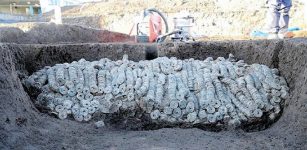 Incredible Trove Of 100,000 Ancient Coins Tied Together In Bundles Uncovered In Japan
Archaeology | Nov 13, 2023
Incredible Trove Of 100,000 Ancient Coins Tied Together In Bundles Uncovered In Japan
Archaeology | Nov 13, 2023 -
 Ancient Atlantean Sculpture Discovered At The Mayan Chichen Itza Archaeological Site
Archaeology | Aug 29, 2023
Ancient Atlantean Sculpture Discovered At The Mayan Chichen Itza Archaeological Site
Archaeology | Aug 29, 2023 -
 On This Day In History: Louis Braille – Creator Of Alphabet For Blind People Died – On Jan 6, 1852
News | Jan 6, 2017
On This Day In History: Louis Braille – Creator Of Alphabet For Blind People Died – On Jan 6, 1852
News | Jan 6, 2017 -
 Hypnos: God Of Sleep Who Owns Much Of Our Lives In Greek Mythology
Featured Stories | Mar 22, 2021
Hypnos: God Of Sleep Who Owns Much Of Our Lives In Greek Mythology
Featured Stories | Mar 22, 2021 -
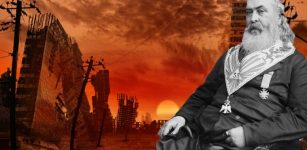 Albert Pike’s Masonic Prophecy About The Three World Wars
Featured Stories | Jan 15, 2018
Albert Pike’s Masonic Prophecy About The Three World Wars
Featured Stories | Jan 15, 2018 -
 Etruscan City Of Cerveteri With Magnificent House-Like Tombs Decorated With Scenes From Life And Death
Featured Stories | May 17, 2022
Etruscan City Of Cerveteri With Magnificent House-Like Tombs Decorated With Scenes From Life And Death
Featured Stories | May 17, 2022 -
 1,750-Year-Old Fresco Travertines Buried Underground – Recovered In Ancient Laodicea
Archaeology | Mar 19, 2020
1,750-Year-Old Fresco Travertines Buried Underground – Recovered In Ancient Laodicea
Archaeology | Mar 19, 2020 -
 Ancient Clay Seals That Could Re-Write Hittite History Discovered In Kayalıpınar, Turkey
Archaeology | Sep 14, 2023
Ancient Clay Seals That Could Re-Write Hittite History Discovered In Kayalıpınar, Turkey
Archaeology | Sep 14, 2023
